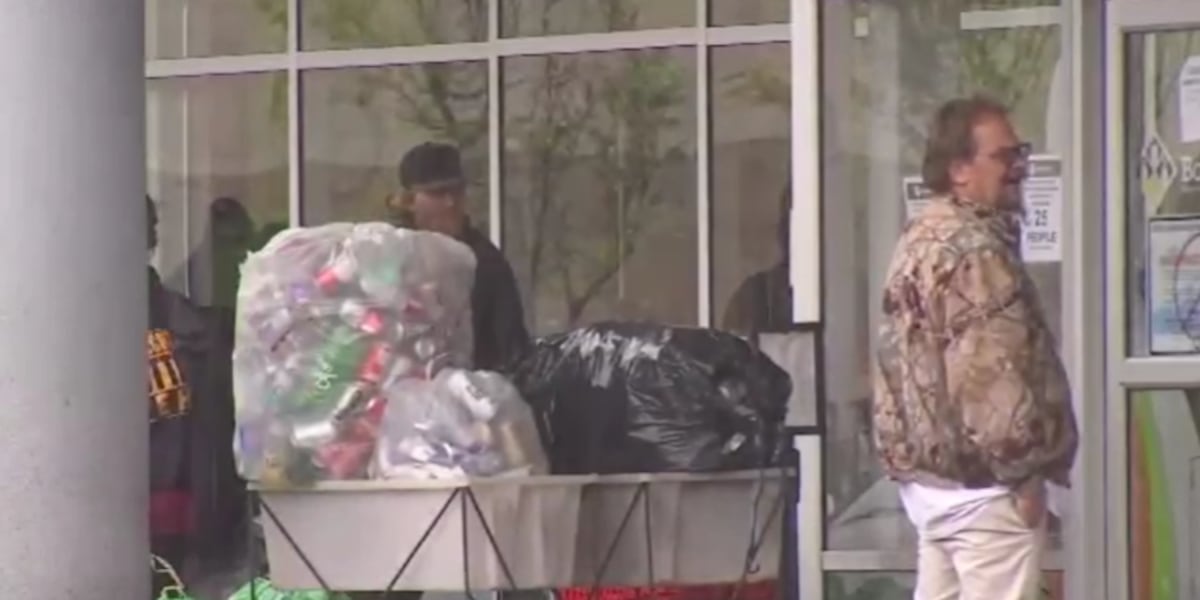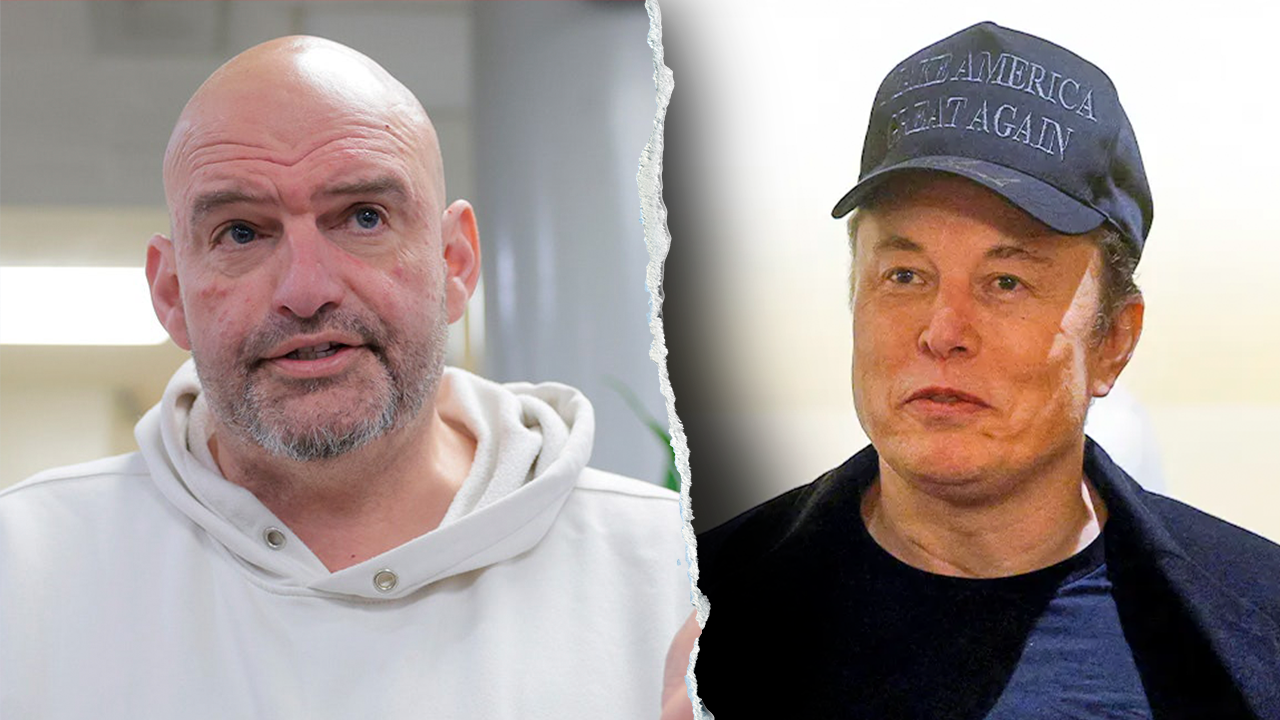Seattle, WA
Weekend Reads | Evaluating the West Seattle Bridge Repair One Year Later | South Seattle Emerald

by Kevin Schofield
This weekend’s read is a report published by the Seattle Department of Transportation (SDOT) last month on a question that may be top of mind for a bunch of South Seattleites: How’s the West Seattle Bridge doing?
The bridge, which was closed in March 2020 after cracks in the long span over the Duwamish River began rapidly increasing, was repaired over the next two years and reopened to much fanfare and relief in September 2022. SDOT’s new report, which was issued by a bridge construction consultant hired by the department, summarizes the data on how the bridge is holding up after one year of use.
As anyone who has ever built or owned a concrete structure probably knows, concrete often cracks; in fact, cracking is considered “normal.” Over its lifetime, concrete will continue to dry, harden, and shrink; it also expands and contracts with temperature and weather. All of that leads to some inevitable cracking, most of which is considered harmless and inconsequential to its structural strength. But there are two kinds of cracks in concrete that engineers particularly worry about: first, ones that are deep enough to expose the steel rebar inside the concrete to air and moisture that would eventually lead to rust and corrosion; and second, “shear cracks” that signal that there are forces being applied to the concrete that are greater than what it was designed to withstand. As with all concrete bridges, the West Seattle Bridge saw some minor cracking that was being monitored and sealed to ensure the steel rebar was protected, but what shut it down was the discovery of shear cracking on both sides of the central span that rapidly increased and could be interpreted as leading to an eventual failure of the bridge.
The central part of the bridge was supported by several massive steel cables that ran the length of the span and were pulled taut and anchored on both ends. But over time, the cables stretched a bit, placing more of the load on particular parts of the concrete. Also, the way the bridge was being used by traffic changed (more lanes and heavier traffic), which changed how the load was transferred into the bridge structure. Engineers determined that these were factors contributing to the shear cracking. The repairs were twofold: Several additional steel cables were added to the existing ones to provide more support (and the existing ones were tightened up), and the shear cracks were wrapped in carbon-fiber sheets to give them some additional protection from the elements and strength to resist further cracking.
SDOT also added an electronic monitoring system to the bridge to provide 24/7 surveillance of the structure and the existing cracks, so SDOT will know immediately if anything changes. The data from the monitoring system also lets the department validate its own analytical model of the bridge and how it’s behaving. The West Seattle Bridge, even after repairs, is not a static, immovable thing: It continues to expand and contract with the temperature, sway in the wind, and shake in earthquakes. Bridges (and buildings) are designed not to hold still, but instead to be flexible enough to withstand all of those forces without breaking. SDOT has a theoretical computer model of what the newly repaired bridge should do based on the weather, the traffic load, and other factors. The data from the monitoring system lets them calibrate that model and also validate that it’s accurately predicting the bridge’s real behavior. The monitoring system has instruments that track the temperature inside and outside the bridge, along with the overall movement, expansion, and contraction of the bridge. It also has sensors sitting on top of the shear cracks that can detect if the cracks widen or if the concrete on either side of the crack “slip” sideways across each other.

So, what did the one-year report say? Pretty much all good news. The movement of the bridge in the past year has been less than before the repairs were done, suggesting the repairs did indeed strengthen the structure (so far). And the report says there have been no unexpected movements in the cracks. Further, SDOT’s computer model has accurately predicted the actual motion of the bridge, across four seasons of Seattle weather.
Over the past year, SDOT has also conducted frequent physical inspections of the bridge, both inside and outside. As part of the repair work, it added new inspection platforms and new internal lighting to allow for better up-close inspections. And this past June, the department conducted a full bridge inspection, including using the “under-bridge inspection truck” — a truck that parks on top of the bridge and lowers a platform down over the side so workers can inspect the underside up close. The inspectors found “no signs of distress” on the bridge. They did find some minor maintenance issues as a result of the repairs: some minor, expected cracking in the newly-poured concrete; a bit of water leakage around the holes they cut in the bridge to get repair equipment inside; and a bit of corrosion in places where the repair work scraped the protective coating off bits of steel cable.

SDOT intends to continue its frequent inspections for one more year, at which point, if all continues to go well, they will switch to the federal Department of Transportation requirement for physical inspections every two years. They will, however, continue to keep the 24/7 electronic monitoring system in place so they will know immediately if something starts to change.
West Seattle High-rise Bridge – One Year Since Opening Monitoring Summary

Kevin Schofield is a freelance writer and publishes Seattle Paper Trail. Previously he worked for Microsoft, published Seattle City Council Insight, co-hosted the “Seattle News, Views and Brews” podcast, and raised two daughters as a single dad. He serves on the Board of Directors of Woodland Park Zoo, where he also volunteers.
📸 Featured image by Ian Dewar Photography/Shutterstock.com.
Before you move on to the next story … The South Seattle Emerald is brought to you by Rainmakers. Rainmakers give recurring gifts at any amount. With over 1,000 Rainmakers, the Emerald is truly community-driven local media. Help us keep BIPOC-led media free and accessible. If just half of our readers signed up to give $6 a month, we wouldn't have to fundraise for the rest of the year. Small amounts make a difference. We cannot do this work without you. Become a Rainmaker today!

Seattle, WA
RandBall: Ex-Vikings QB Sam Darnold is already under duress in Seattle
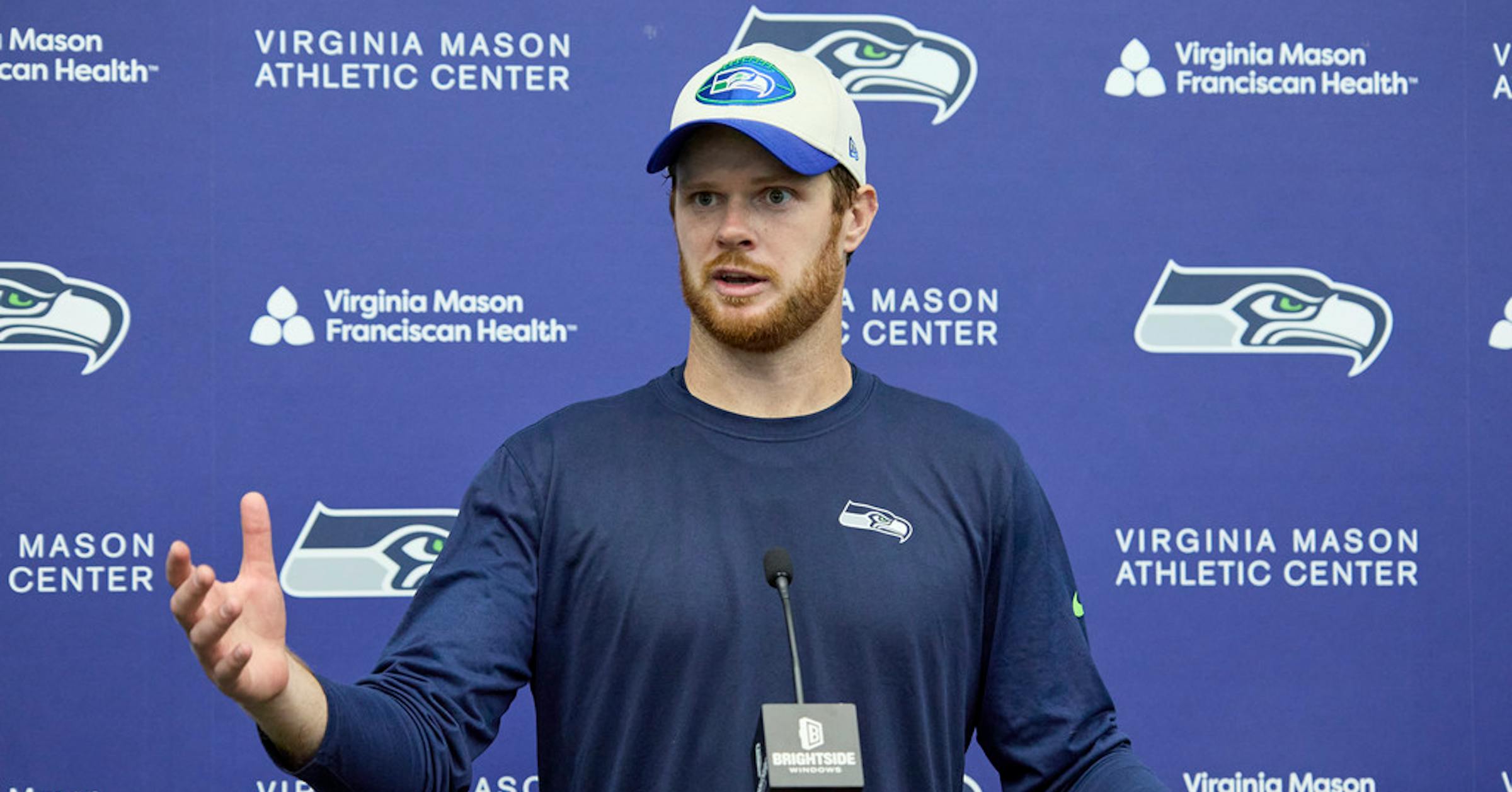
If the Seahawks thought that by signing Sam Darnold as a free agent this offseason they had settled on a tidy way what could have been a messy situation after the Geno Smith trade, they were wrong.
If Darnold thought that a Pro Bowl season with the Vikings in 2024 and that lucrative deal with Seattle would change how he might be perceived, he was also wrong.
Those are the two takeaways from a newsy opening week of organized team activities (OTAs) for the Seahawks and the quarterback who led the Vikings to 14 wins last season.
It was enough that on Tuesday, Seahawks head coach Mike Macdonald was asked by a host on his radio show whether there was anything aside from an injury that would cause Darnold to lose his starting job. Here’s the exchange:
Macdonald shut the question down pretty calmly and with humor, saying: “I respect you’ve got to ask it, but it’s just a crazy question. It’s not gonna happen. Sam’s our starting quarterback. We love him. He’s doing a tremendous job. I think it’s funny that the media is out there for the first day and all of a sudden they know exactly how good we’re going to be, how good all the players are, and all the tempos.”
“I think at the end of the day, I want to go out there and play clean football, but also, I want to go through progressions and be aggressive,” he said.
Seattle, WA
Seattle Mariners Manager Discusses Interesting Lineup Decision Wednesday
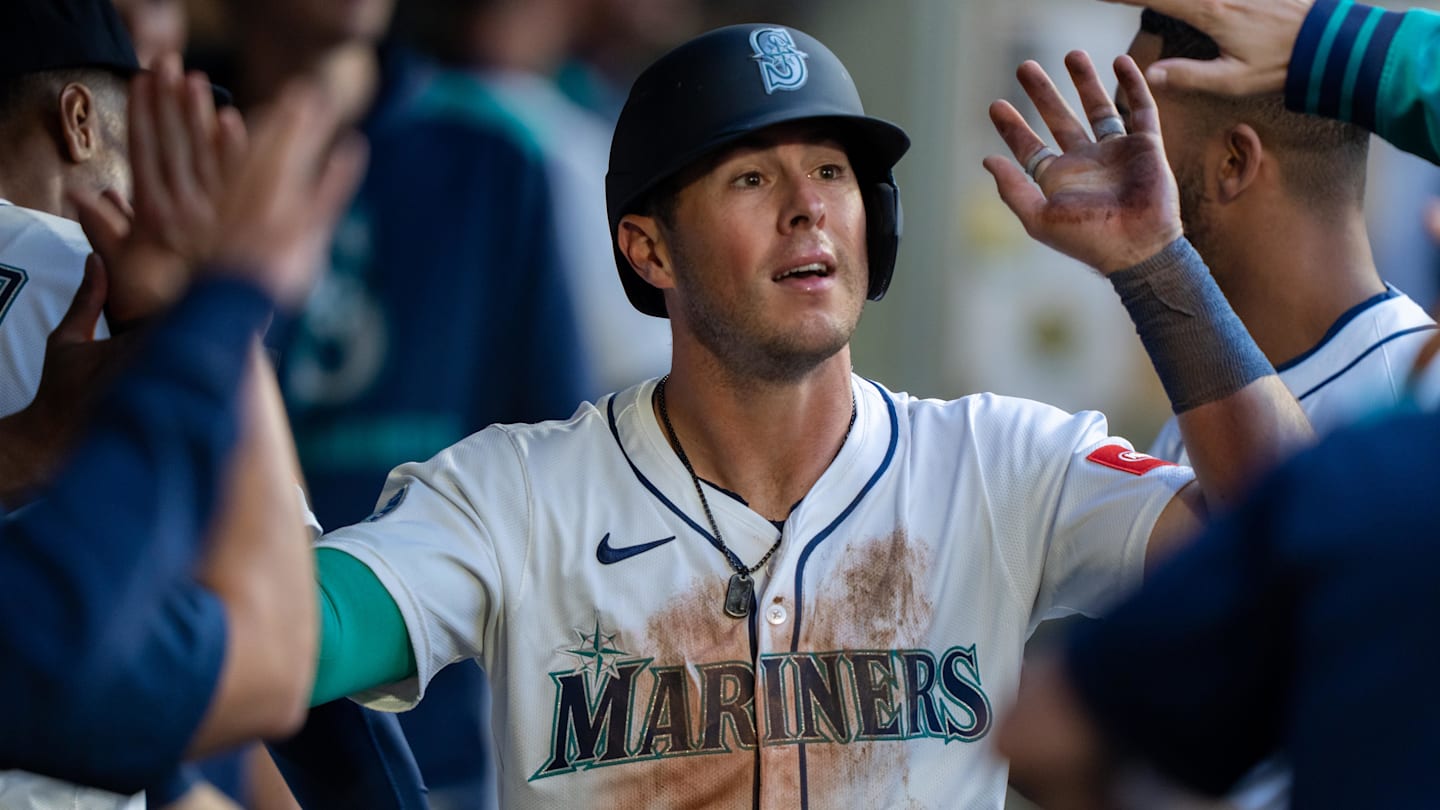
SEATTLE — The Seattle Mariners have placed a lot of value on the versatility of their roster this season — both publicly and internally. And the Mariners will use that versatility in Game 2 of a three-game series against the Baltimore Orioles at 6:40 p.m. PT on Wednesday. Gold Glove-winning utility player Dylan Moore will get the nod in right field for Seattle over switch-hitter Leody Taveras against left-handed Baltimore starter Cade Povich.
The switch-hitting ability provided by Taveras allows him to remain in the lineup across the whole game, but Moore’s ability against lefties has been well-documented this season. Entering Wednesday, Moore has hit .283 with five home runs and eight RBIs in 56 plate appearances against left-handed pitchers. Taveras has hit .296 with a double and three RBIs in 29 plate appearances against lefties.
“I think (Moore) handles lefties very, very well. And we’ve known that,” Mariners manager Dan Wilson said in a pregame interview Wednesday. “Leody swings the bat well from the right side, too. But, obviously, trying to get as many (at-bats) for guys and keep them fresh. And today’s a chance for (Moore) to get in there. As we know, (Moore) plays everywhere and a chance for him tonight in right field facing a left-handed pitcher.”
Taveras has been Seattle’s starter at right field since the team claimed him off waivers from the Texas Rangers on May 6. In 24 games with the Mariners, he’s scored six runs and has hit three doubles and two homers with eight RBIs in 24 games. He’s slashed .188/.214/.300 with a .514 OPS while with Seattle.
Moore has scored 21 runs and has hit four doubles and eight home runs with 16 RBIs in 45 games. He’s slashed .264/.322/.481 with an .803 OPS.
MARINERS PITCHER GEORGE KIRBY SEEMINGLY FINE AFTER SCARY PLAY: The Mariners starting pitcher was participating with the rest of the team in pregame drills Wednesday just a day after a line drive made contact with his face. CLICK HERE
ANALYSIS: WHICH MARINERS PLAYERS COULD REPRESENT THE TEAM AT THE ALL-STAR GAME: All-Star voting is officially open and the Mariners will likely have several players representing the team at Truist Park on July 15. CLICK HERE
MARINERS OFFENSE STAGNATES IN 5-1 LOSS TO ORIOLES: The Mariners weren’t able to take advantage of the few opportunities they had against the Orioles and had frightening moment involving starting pitcher George Kirby. CLICK HERE
Continue to follow our Inside the Mariners coverage on social media by liking us on Facebook and by following Teren Kowatsch and Brady Farkas on “X” @Teren_Kowatsch and @RefuseToLosePod. You can subscribe to the “Refuse to Lose” podcast by clicking HERE.
Seattle, WA
Seattle Mariners Offense Stagnates in 5-1 Loss to Baltimore Orioles on Tuesday
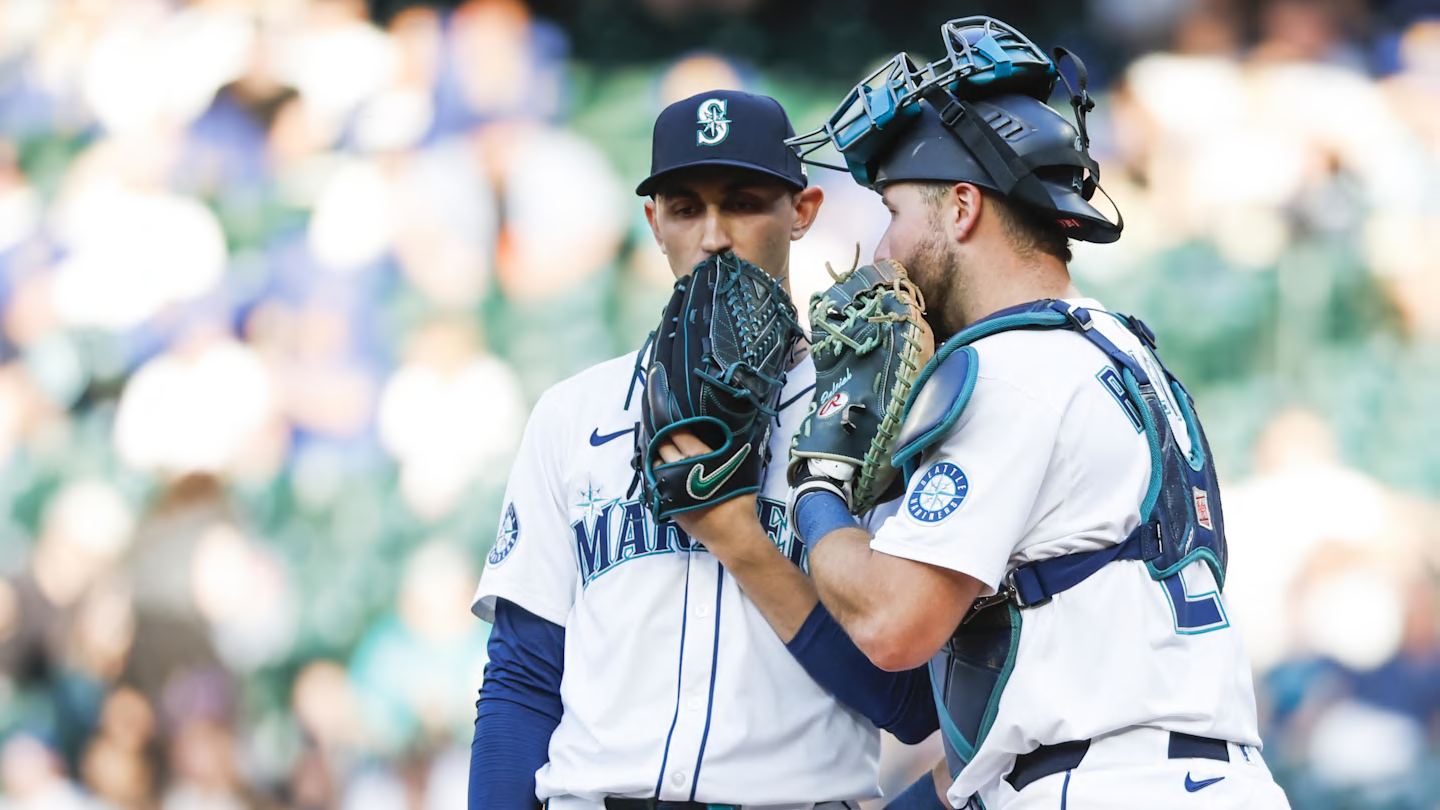
SEATTLE — The Seattle Mariners weren’t able to muster the timely at-bats they needed and lost 5-1 to the Baltimore Orioles on Tuesday at T-Mobile Park. It was the fourth-straight win for the Orioles and dropped the Mariners to 32-27. The Houston Astros took a half-game lead in the American League West over the M’s after their loss.
“On the offensive side, we had some traffic in certain occasions. But not able to get it in,” Mariners manager Dan Wilson said in a postgame interview. “I thought (Baltimore starting pitcher Tomoyuki Sugano) was very tough tonight. Had a good (splitter) and I thought he was locating the fastball pretty well and had us in check. Tough night tonight.”
Neither team was able to truly separate for most of the game. The Orioles struck first after Adley Rutschman scored on an RBI sacrifice fly hit by Roman Urias in the top of the first.
Seattle knotted the game 1-1 after Rowdy Tellez hit a solo home run to right field in the bottom of the second.
Baltimore pulled ahead again in the top of the fifth after Rutschman scored his second run on an RBI single hit by Ryan O’Hearn. That inning was more notable for a scary moment for Mariners starting pitcher George Kirby.
Urias hit a hard liner up the middle at Kirby to end the inning. It deflected favorably for Seattle and Urias was out at first to end the inning. Kirby had the ball ricochet off his throwing hand into his face, and walked back to the dugout with blood trickling from his mouth at the end of the inning.
That play marked the end of Kirby’s night. He finished with three strikeouts, one walk and two earned runs on eight hits in five innings of work.
Wilson said after the game that Kirby seemed fine, and Kirby said that the liner didn’t hurt and there was nothing wrong with either his hand or his face. Wilson said the plan is for Kirby to get x-rays Wednesday.
“(Feeling) pretty good,” Kirby said after the game. “Didn’t even hurt, honestly. It got my hand — like 50/50 hand (and) mouth. But we’re good.”
Aside from the liner, Kirby’s day had some good mixed with the bad. He threw 95 pitches — a season-high for him since being activated off the injured list May 22 — but 50 of those pitches came in the first two innings (30 in the first, 20 in the second). A lot of the damage done was on softly-hit ground balls, which Kirby felt were more due to good swings by the O’s than bad location or delivery by him.
“Sinkers, some really good curveballs executed below the zone,” Kirby said. “Yeah. I think I did a lot better job this weekend making my pitches. Still would like to get ahead a little more. But I thought this was a great step in the right direction. And, yeah, felt great.”
After Kirby’s exit, the Orioles started to pull away. Colton Cowser hit a solo home run to left field to lead-off the top of the sixth.
Baltimore extended its lead further in the of the ninth courtesy of a Heston Kjerstad RBI double and Jackson Holliday run-scoring single. Those two hits resulted in the eventual final of 5-1.
Before Kjerstad and Holliday’s ninth-inning hits, Seattle had an opportunity to tie the game in the bottom of the eighth. Sugano’s day was done after he pitched seven innings, fanned five, walked one and allowed one earned run on five hits (one home run), and the M’s looked ready to take advantage of the opposing bullpen.
The Mariners had runners on the corners with one out. Miles Mastrobuoni was moved to third on a J.P. Crawford single. Crawford finished a team-high 3-for-4 on the night.
Jorge Polanco fouled out and Julio Rodriguez struck out swinging, leaving Mastrobuoni and Crawford stranded. Seattle finished 0-for-4 with runners in scoring position and left five on base.
The Mariners will have an opportunity to snap Baltimore’s win streak in Game 2 of the series at 6:40 p.m. PT on Wednesday. Emerson Hancock will start for Seattle and Cade Povich will start for the Orioles.
DAN WILSON PRAISES MARINERS RELIEVER EDUARD BAZARDO: The fifth-year pitcher has been a reliable arm for the Mariners in several different situations. CLICK HERE
TOP MARINERS EXEC REAFFIRMS TEAM’S STANCE ON HARRY FORD: Mariners fans have clamored for a position change in order to fast track the top 100 prospect to the big leagues. CLICK HERE
MARINERS LEGEND RANDY JOHNSON DISCUSSES SHARED LEGACY WITH ICHIRO SUZUKI: While discussing his future jersey retirement, the multi-time Cy Young winner talked about the connection he had with Suzuki. CLICK HERE
Continue to follow our Inside the Mariners coverage on social media by liking us on Facebook and by following Teren Kowatsch and Brady Farkas on “X” @Teren_Kowatsch and @RefuseToLosePod. You can subscribe to the “Refuse to Lose” podcast by clicking HERE.
-

 Politics1 week ago
Politics1 week agoTrump admin asking federal agencies to cancel remaining Harvard contracts
-

 Culture1 week ago
Culture1 week agoCan You Match These Canadian Novels to Their Locations?
-

 Technology1 week ago
Technology1 week agoThe Browser Company explains why it stopped developing Arc
-

 News1 week ago
News1 week agoHarvard's president speaks out against Trump. And, an analysis of DEI job losses
-

 News1 week ago
News1 week agoRead the Trump Administration Letter About Harvard Contracts
-

 News7 days ago
News7 days agoVideo: Faizan Zaki Wins Spelling Bee
-

 World1 week ago
World1 week agoDrone war, ground offensive continue despite new Russia-Ukraine peace push
-

 Politics5 days ago
Politics5 days agoMichelle Obama facing backlash over claim about women's reproductive health

